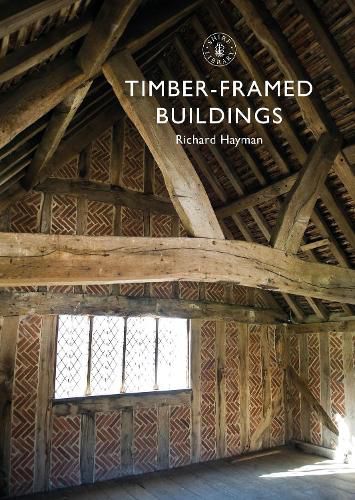Readings Newsletter
Become a Readings Member to make your shopping experience even easier.
Sign in or sign up for free!
You’re not far away from qualifying for FREE standard shipping within Australia
You’ve qualified for FREE standard shipping within Australia
The cart is loading…






Timber-framed buildings are a distinctive and treasured part of Britain’s heritage, with such noteworthy examples as Little Moreton Hall, Anne Hathaway’s Cottage and Lavenham Guildhall. The oldest are medieval but their numbers peaked in the sixteenth and seventeenth centuries, with a revival in the nineteenth. The majority of timber-framed buildings are houses, but wood was used in all kinds of other buildings, including shops, inns, churches, town halls and farm buildings.
In this beautifully illustrated book, Richard Hayman outlines the history of timber-framed designs, and considers the techniques used in their construction, the regional variations in style that can be found, and how these buildings displayed social status. He also guides the reader in identifying structures now concealed behind later work and explores how these buildings have been treated in subsequent centuries.
$9.00 standard shipping within Australia
FREE standard shipping within Australia for orders over $100.00
Express & International shipping calculated at checkout
Timber-framed buildings are a distinctive and treasured part of Britain’s heritage, with such noteworthy examples as Little Moreton Hall, Anne Hathaway’s Cottage and Lavenham Guildhall. The oldest are medieval but their numbers peaked in the sixteenth and seventeenth centuries, with a revival in the nineteenth. The majority of timber-framed buildings are houses, but wood was used in all kinds of other buildings, including shops, inns, churches, town halls and farm buildings.
In this beautifully illustrated book, Richard Hayman outlines the history of timber-framed designs, and considers the techniques used in their construction, the regional variations in style that can be found, and how these buildings displayed social status. He also guides the reader in identifying structures now concealed behind later work and explores how these buildings have been treated in subsequent centuries.